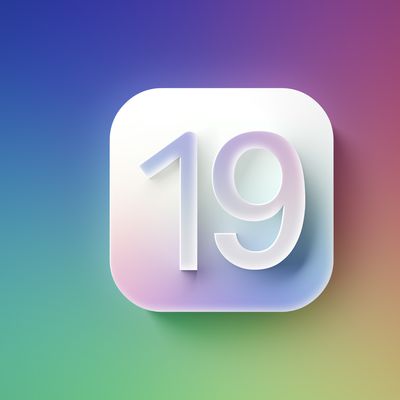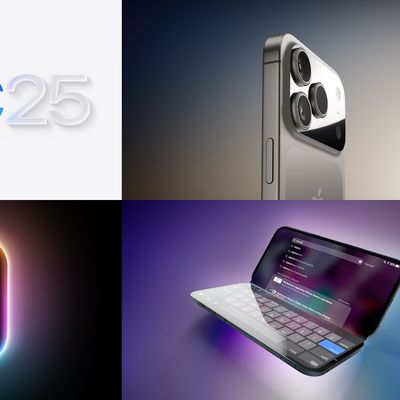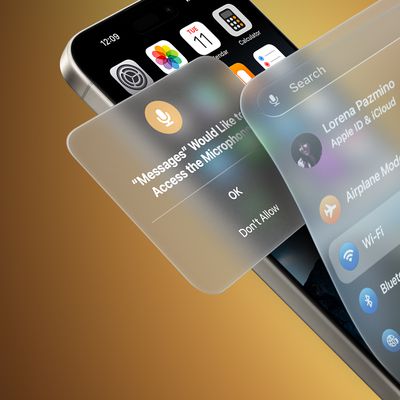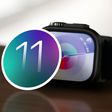Apple is adding sleep apnea detection to the Apple Watch Series 10, Apple Watch Ultra 2, and the Apple Watch Series 9. Given that sleep apnea is a breathing disturbance, it's easy to assume that it requires the blood oxygen sensor, but Apple actually uses an entirely different method to detect it.
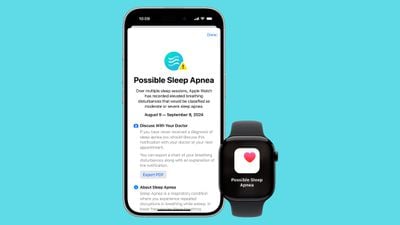
Breathing Disturbances, the name for the new Apple Watch metric, uses the built-in accelerometer to detect small movements at the wrist that are associated with interruptions to normal respiratory patterns during sleep.
The Apple Watch collects 30 days of data and then analyzes it, alerting users if there are consistent signs of moderate to severe sleep apnea. Users will see Elevated or Not Elevated readings under the Breathing Disturbances section of the Health app, and the data can be used to share with a doctor to get information on the next steps for sleep apnea diagnosis and treatment.
While aggregating data for sleep apnea detection requires 30 days of information, users can see an overall look at their nightly Breathing Disturbances in the Health app to assess the restfulness of sleep. Breathing patterns can be interrupted by alcohol, medications, and sleep position.
With sleep apnea, breathing momentarily stops during sleep, which stops the body from getting adequate oxygen and often has the effect of waking a person up. It can be a difficult condition to diagnose because it occurs during sleep, and Apple says that more than 1 billion people are estimated to be impacted worldwide.
Apple says that its sleep apnea notification algorithm was created using advanced machine learning and an extensive data set of clinical-grade sleep apnea tests, and then it was validated in a clinical study. Every participant identified by the algorithm had at least mild sleep apnea.
Apple expects sleep apnea detection to get marketing authorization from the FDA and other global health authorities in the near future, and it will be available this month in more than 150 countries.




